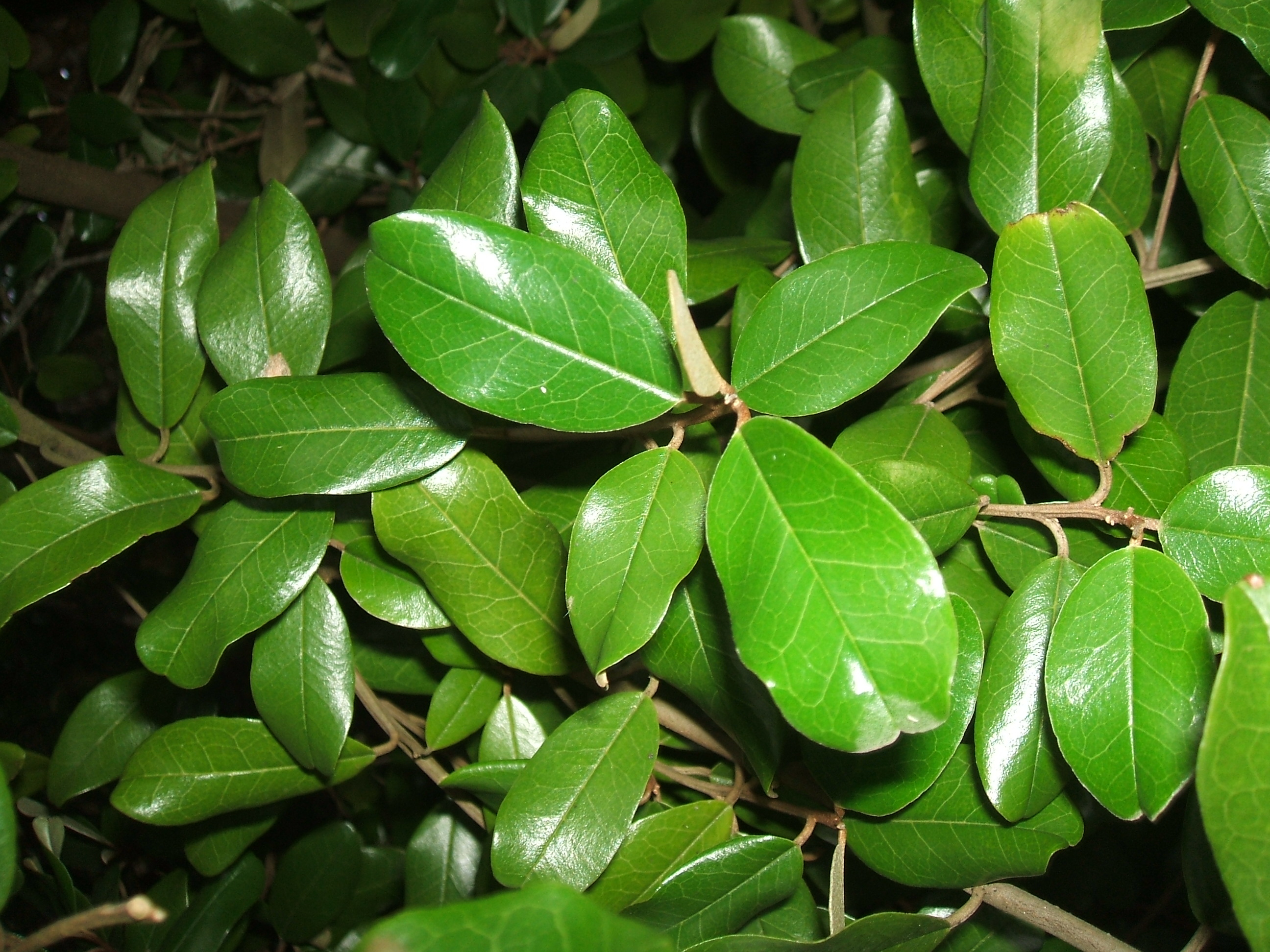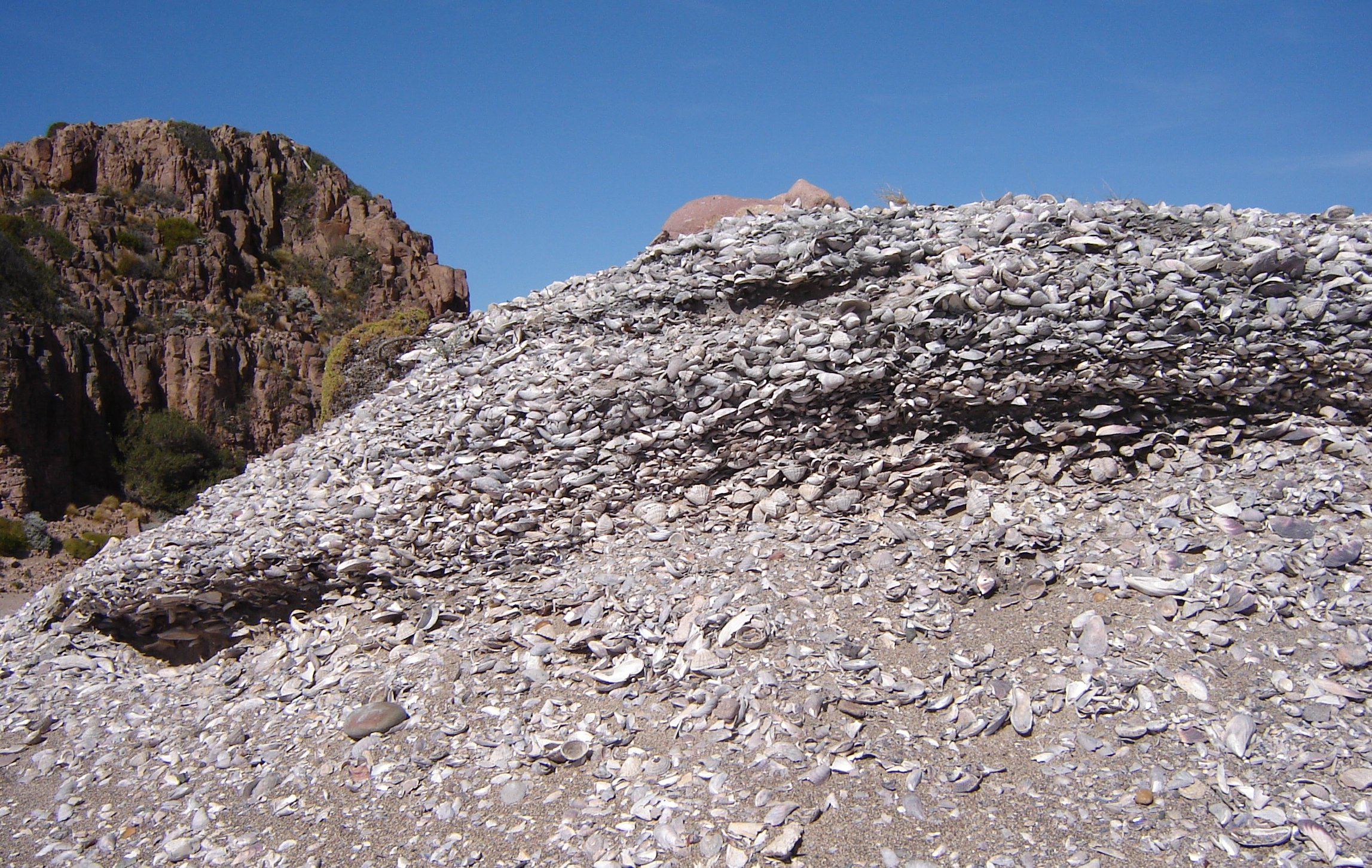|
Capparis Cynophallophora
''Capparis cynophallophora'', commonly known as the Jamaican caper, is small tree in the caper family, Capparaceae, that is native to the Neotropical realm. Description The brand new leaves at the apical tips of twigs are folded in half showing only the whitish, hairy abaxial (lower or ventral) side of the leaf. The adaxial (upper or dorsal) side of the leaf is glossy and darker. Fruits are long and split to release several large, brown seeds."A Self-Guided Walking Tour of Park Plants. John D MacArthur Beach State Park. Habitat and range The native range of ''C. cyanophallophora'' includes Florida in the United States, Mexico, the Caribbean, Central America, and South America as far south as northern Argentina. It inhabits mangrove forest Mangrove forests, also called mangrove swamps, mangrove thickets or mangals, are productive wetlands that occur in coastal intertidal zones. Mangrove forests grow mainly at tropical and subtropical latitudes because mangroves cannot ... [...More Info...] [...Related Items...] OR: [Wikipedia] [Google] [Baidu] |
Carl Linnaeus
Carl Linnaeus (; 23 May 1707 – 10 January 1778), also known after his ennoblement in 1761 as Carl von Linné Blunt (2004), p. 171. (), was a Swedish botanist, zoologist, taxonomist, and physician who formalised binomial nomenclature, the modern system of naming organisms. He is known as the "father of modern taxonomy". Many of his writings were in Latin; his name is rendered in Latin as and, after his 1761 ennoblement, as . Linnaeus was born in Råshult, the countryside of Småland, in southern Sweden. He received most of his higher education at Uppsala University and began giving lectures in botany there in 1730. He lived abroad between 1735 and 1738, where he studied and also published the first edition of his ' in the Netherlands. He then returned to Sweden where he became professor of medicine and botany at Uppsala. In the 1740s, he was sent on several journeys through Sweden to find and classify plants and animals. In the 1750s and 1760s, he continued to coll ... [...More Info...] [...Related Items...] OR: [Wikipedia] [Google] [Baidu] |
Capparis Cynophallophora Leaf Detail
''Capparis'' is a flowering plant genus, comprising around 250 species in the family Capparaceae which is included in the Brassicaceae in the unrevised APG II system. These plants are shrubs or lianas and are collectively known as caper shrubs or caperbushes. ''Capparis'' species occur over a wide range of habitat in the subtropical and tropical zones. Plant description The leaves are simple, entire and rarely reduced. Flowers are bisexual, bracteates, axillary or supra-axillary, solitary or in rows, in racemes or umbels. Sepals and petals are 4 in number and are free. Stamens are many, ovary on a gynophore, 1-celled. Fruit is a berry, globose or ellipsoid. ''C. zeylanica'' L. ''C. zeylanica'' L. is a climbing or straggling shrub with tomentose branches. Branches are armed with recurved stipular spines. It grows naturally along the hedges. Leaves are ovate-elliptic. Flowers are 35– 50 mm across, white, fading to pink ... [...More Info...] [...Related Items...] OR: [Wikipedia] [Google] [Baidu] |
Trees Of South America
In botany, a tree is a perennial plant with an elongated stem, or trunk, usually supporting branches and leaves. In some usages, the definition of a tree may be narrower, including only woody plants with secondary growth, plants that are usable as lumber or plants above a specified height. In wider definitions, the taller palms, tree ferns, bananas, and bamboos are also trees. Trees are not a taxonomic group but include a variety of plant species that have independently evolved a trunk and branches as a way to tower above other plants to compete for sunlight. The majority of tree species are angiosperms or hardwoods; of the rest, many are gymnosperms or softwoods. Trees tend to be long-lived, some reaching several thousand years old. Trees have been in existence for 370 million years. It is estimated that there are some three trillion mature trees in the world. A tree typically has many secondary branches supported clear of the ground by the trunk. This trunk typically con ... [...More Info...] [...Related Items...] OR: [Wikipedia] [Google] [Baidu] |
Taxa Named By Carl Linnaeus
In biology, a taxon (back-formation from ''taxonomy''; plural taxa) is a group of one or more populations of an organism or organisms seen by taxonomists to form a unit. Although neither is required, a taxon is usually known by a particular name and given a particular ranking, especially if and when it is accepted or becomes established. It is very common, however, for taxonomists to remain at odds over what belongs to a taxon and the criteria used for inclusion. If a taxon is given a formal scientific name, its use is then governed by one of the nomenclature codes specifying which scientific name is correct for a particular grouping. Initial attempts at classifying and ordering organisms (plants and animals) were set forth in Carl Linnaeus's system in ''Systema Naturae'', 10th edition (1758), as well as an unpublished work by Bernard and Antoine Laurent de Jussieu. The idea of a unit-based system of biological classification was first made widely available in 1805 in the in ... [...More Info...] [...Related Items...] OR: [Wikipedia] [Google] [Baidu] |
Plants Described In 1753
Plants are predominantly photosynthetic eukaryotes of the kingdom Plantae. Historically, the plant kingdom encompassed all living things that were not animals, and included algae and fungi; however, all current definitions of Plantae exclude the fungi and some algae, as well as the prokaryotes (the archaea and bacteria). By one definition, plants form the clade Viridiplantae (Latin name for "green plants") which is sister of the Glaucophyta, and consists of the green algae and Embryophyta (land plants). The latter includes the flowering plants, conifers and other gymnosperms, ferns and their allies, hornworts, liverworts, and mosses. Most plants are multicellular organisms. Green plants obtain most of their energy from sunlight via photosynthesis by primary chloroplasts that are derived from endosymbiosis with cyanobacteria. Their chloroplasts contain chlorophylls a and b, which gives them their green color. Some plants are parasitic or mycotrophic and have lost t ... [...More Info...] [...Related Items...] OR: [Wikipedia] [Google] [Baidu] |
Capparis
''Capparis'' is a flowering plant genus, comprising around 250 species in the family Capparaceae which is included in the Brassicaceae in the unrevised APG II system. These plants are shrubs or lianas and are collectively known as caper shrubs or caperbushes. ''Capparis'' species occur over a wide range of habitat in the subtropical and tropical zones. Plant description The leaves are simple, entire and rarely reduced. Flowers are bisexual, bracteates, axillary or supra-axillary, solitary or in rows, in racemes or umbels. Sepals and petals are 4 in number and are free. Stamens are many, ovary on a gynophore, 1-celled. Fruit is a berry, globose or ellipsoid. ''C. zeylanica'' L. ''C. zeylanica'' L. is a climbing or straggling shrub with tomentose branches. Branches are armed with recurved stipular spines. It grows naturally along the hedges. Leaves are ovate-elliptic. Flowers are 35– 50 mm across, white, fading to pink ... [...More Info...] [...Related Items...] OR: [Wikipedia] [Google] [Baidu] |
Midden
A midden (also kitchen midden or shell heap) is an old dump for domestic waste which may consist of animal bone, human excrement, botanical material, mollusc shells, potsherds, lithics (especially debitage), and other artifacts and ecofacts associated with past human occupation. These features provide a useful resource for archaeologists who wish to study the diets and habits of past societies. Middens with damp, anaerobic conditions can even preserve organic remains in deposits as the debris of daily life are tossed on the pile. Each individual toss will contribute a different mix of materials depending upon the activity associated with that particular toss. During the course of deposition sedimentary material is deposited as well. Different mechanisms, from wind and water to animal digs, create a matrix which can also be analysed to provide seasonal and climatic information. In some middens individual dumps of material can be discerned and analysed. Shells A ... [...More Info...] [...Related Items...] OR: [Wikipedia] [Google] [Baidu] |





